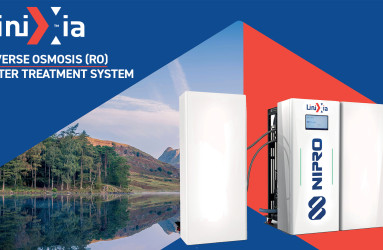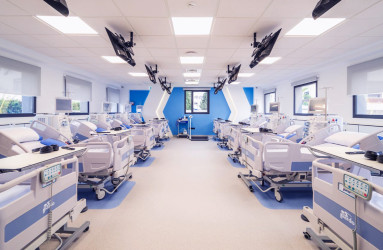
Access to the bloodstream is necessary for a hemodialysis treatment to take place. This access is referred to as a vascular access, or VA for short.
The VA is the “door” through which the dialysis machine can access your bloodstream in order to carry out its filtering process, known as hemodialysis. This means that toxins, waste, and extra fluid can be removed from your body. In doing so, the dialysis machine assumes the role of your kidneys.
Without a functioning VA, your blood cannot be filtered properly, which will result in the build-up of toxins in your body. This will decrease your quality of life and may become life-threatening.
What are the three types of vascular access?
Central venous catheter (CVC)
a catheter implanted into a deep vein (usually in the neck or thorax)
Arteriovenous graft (AVG or AV-Graft)
a tube, either synthetic or autologous (a vein taken from your leg or another place in your body), that connects an artery and a vein together
Arteriovenous fistula (AVF or AV-Fistula)
a direct surgical connection between an artery and a vein
Does the type of vascular access matter?
Each type of vascular access has its own pros and cons. Your physician will discuss the options with you and decide the best one for your unique situation.

For long term hemodialysis therapy arteriovenous fistulas are the preferred type of vascular access, as they have the lowest rate of complications and patient mortality.


